LOCATION – HALLSTATT, AUSTRIA

INTRO:
Hallstatt is one of those locations that seems like a fairytale that I imagined existed only on postcards and the faded puzzles my Grandmother used to make.
The tiny village is found on the western shore of Lake Hallstatt in Austria’s mountainous Salzkammergut region. Around one and-a-half hours south-east of Salzburg, Hallstatt is surrounded by the towering Dachstien mountains that wrap around the 16th century town, reflecting like a mirage on the lakes’ shimmering surface.
GEAR:
- Leica M-P240
- 35mm Summilux 1.4 FLE
- 21mm Super Elmar
- B&W UV Filter
- B&W 0.9 ND Filter

A UNESCO World Heritage site, the village of Hallstatt is one of the most unbelievably spectacular pleases I have ever visited. The market town center was already inhabited in the first millennium before Christ. As the site of the world’s oldest salt mines, the village traded the sought-after commodity, making it a very prosperous area reflected in the beautiful architecture.

Traveling to Hallstatt is a little tricky in that it takes a number of modes of transportation to complete the journey. My wife and I travelled to Hallstatt from Salzburg by train (details on the journey and the end of this article). The scenery became increasingly beautiful as we traveled into the snow covered mountains.

However, the most exciting leg of the trip was once we arrived at Lake Hallstatt. The short ferry from the station curled around the edge of the lake where slowly the village tucked within the base of the mountains finally revealed itself. Even with the frigid lake air whipping around the small boat, almost all the travelers piled out onto the deck to take photos.






Within moments of arriving in the alpine village you quickly realize why Hallstatt is one of the most photographed locations in the world. Every step and turn is greeted with another magnificent view, charming storefront or stone-tiled alleyway. However, the curse of this is that almost every inch of the town has been photographed repeatedly.



This made me all the more determined to ensure I looked for opportunities to find my own unique images of Hallstatt. I had researched the trip and images prior to arriving, and there of course were photos I wanted to get for myself, but I made a point of looking for small details and interesting angles to find my own version and memories of the town.


Even with the most amazing views and snow capped wooden houses, one of the most interesting locations in Hallstatt is Saint Michael’s Church. It’s the smaller, older, and lesser known church in town sitting atop of the hill looking over the village. The more iconic and recognizable landmark is the Parish Church built at a much later date.



St Michael’s was built in the 12th century and is home of one of the last surviving Bone House’s in Austria. Due to the lack of land within the graveyard a second burial often occurred where the remains were bleached and then decoratively painted and placed with sometimes many generations of family members.


Normally such a site would be very macabre, yet with the beautiful decorations painted lovingly on the skulls, it has a very unexpected feeling. The basement, where the Bone House is located, is partially sunk into the bedrock of the mountainside. There are no windows, and the only light filters in from the candles and the gated entryway. Housing just over 700 painted skulls, its very quiet and sombre inside, but unlike other crypts I have visited, had a much lighter feeling to it. More cheerful.

High above the town, and standing at the entrance to the Salzburg high valley, sits an imposing building known as Rudolfstrum. The original structure was a medieval defense tower dating back to the late 13th century. Since then, and until 1954, the tower severed as a residence of the salt mine manager.


The Rudolfstrum now houses a fantastic restaurant with arguably the best views in the world! Schnitzel and sausage somehow tastes even better up there. It is also the home to the skyway – a large walk out platform that hangs over the town and lake far below.


It snowed on and off throughout my stay in Hallstatt. I was worried about the weather at first, as some of the best photos I had seen were with clear skies. But I don’t think there could be a day of weather that wouldn’t be spectacular here. The snow covered homes and trees, and the low lying misty clouds wrapping around the edges of the mountains all made for one of the most wonderful trips I had taken. The sooner I can go back, the better!



HOW TO GET TO HALLSTATT:
From Salzburg:
- Catch the train from Salzburg HBF (main train station) to Attnang-Pecheim Bahnhof (approximately 45 mins).
- Catch the train from Attnang-Pechiem Bahnhof to Hallstatt Bahnhof (approximately 1 hour and 20 mins)
- Take the Hallstatt ferry from the train station to the town center (15 min ferry ride)
From Vienna:
- Catch the train from Vienna central (main train station) to Attnang-Pecheim Bahnhof (approximately 2.5 hours).
- Catch the train from Attnang-Pechiem Bahnhof to Hallstatt Bahnhof (approximately 1 hour and 20 mins)
- Take the Hallstatt ferry from the train station to the town center (15 min ferry ride)




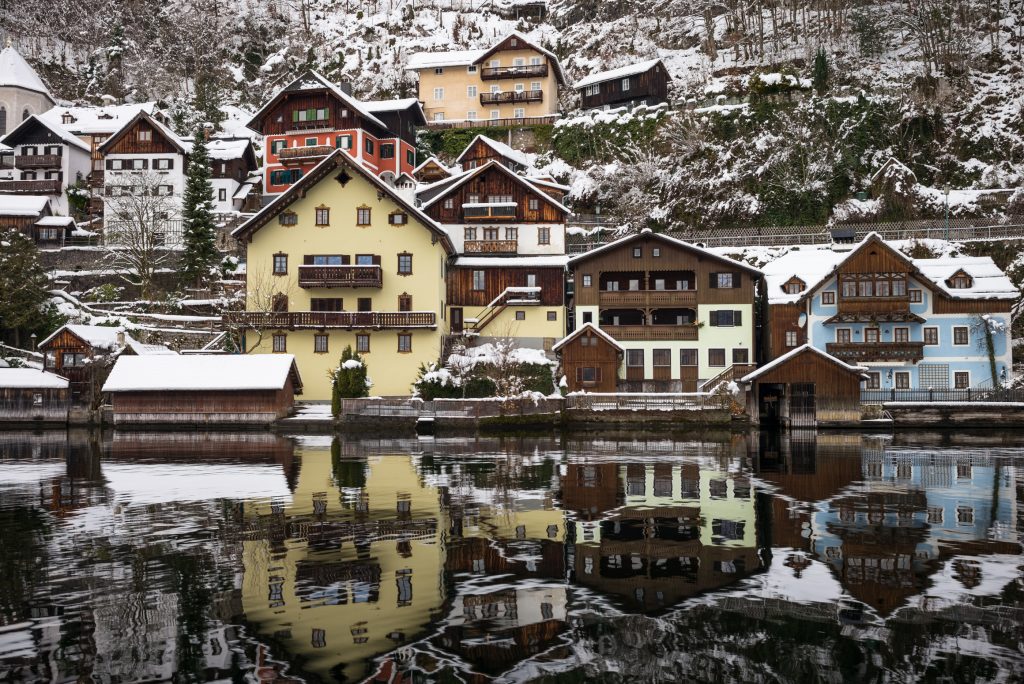
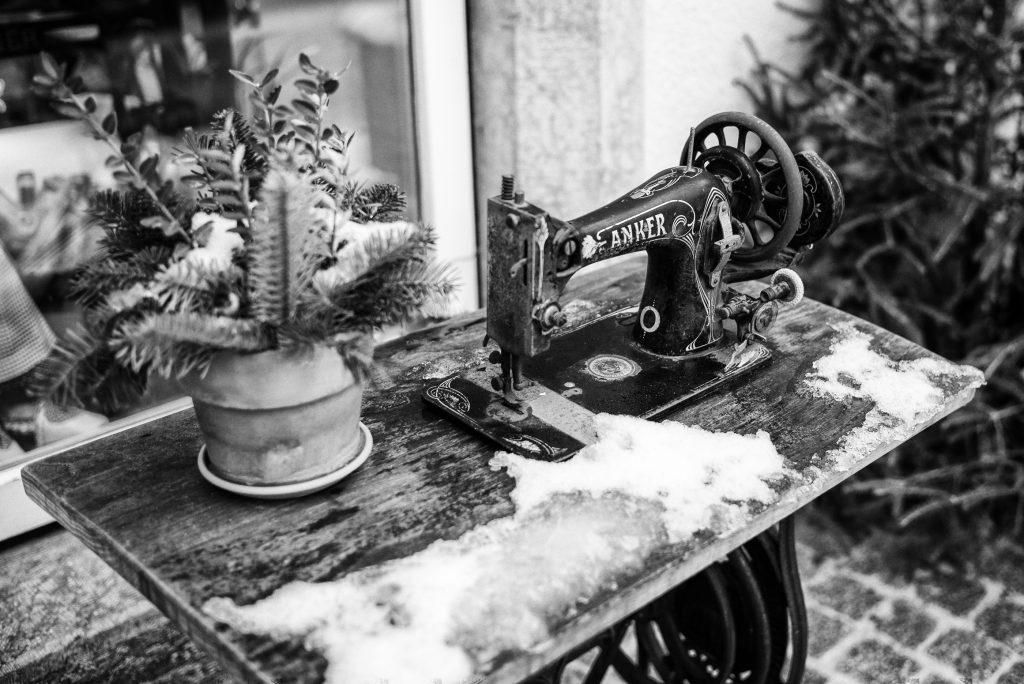
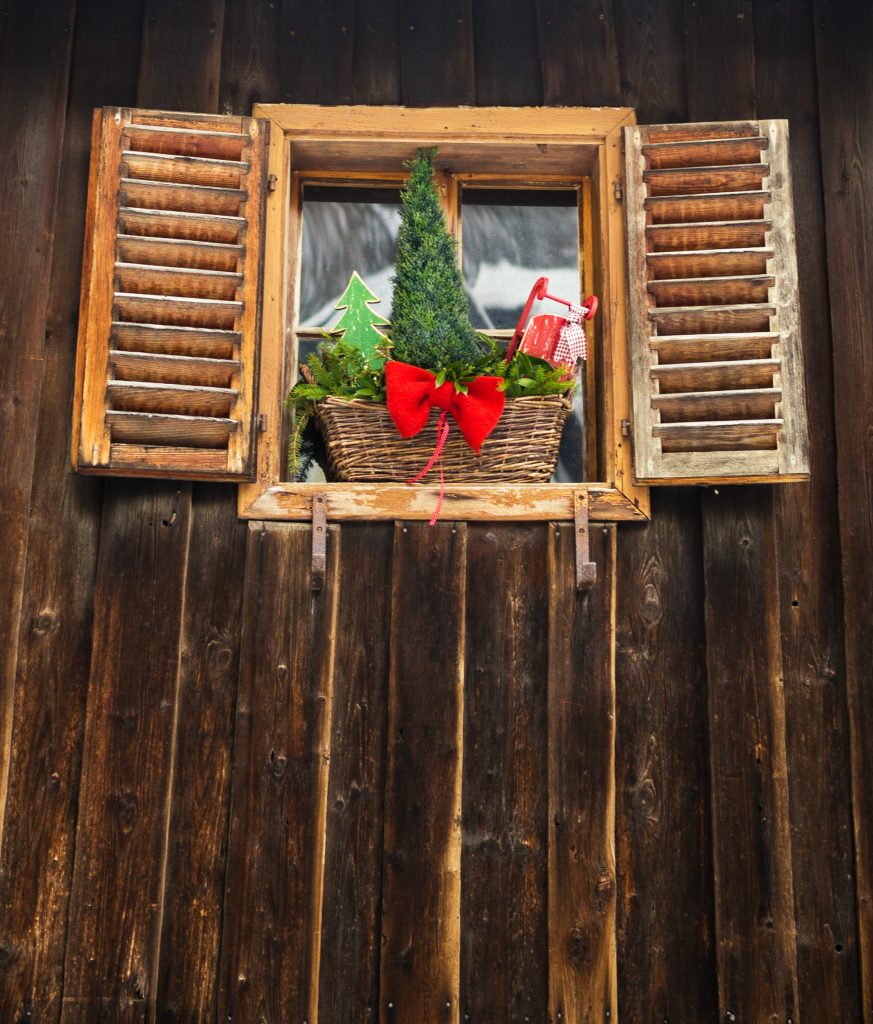
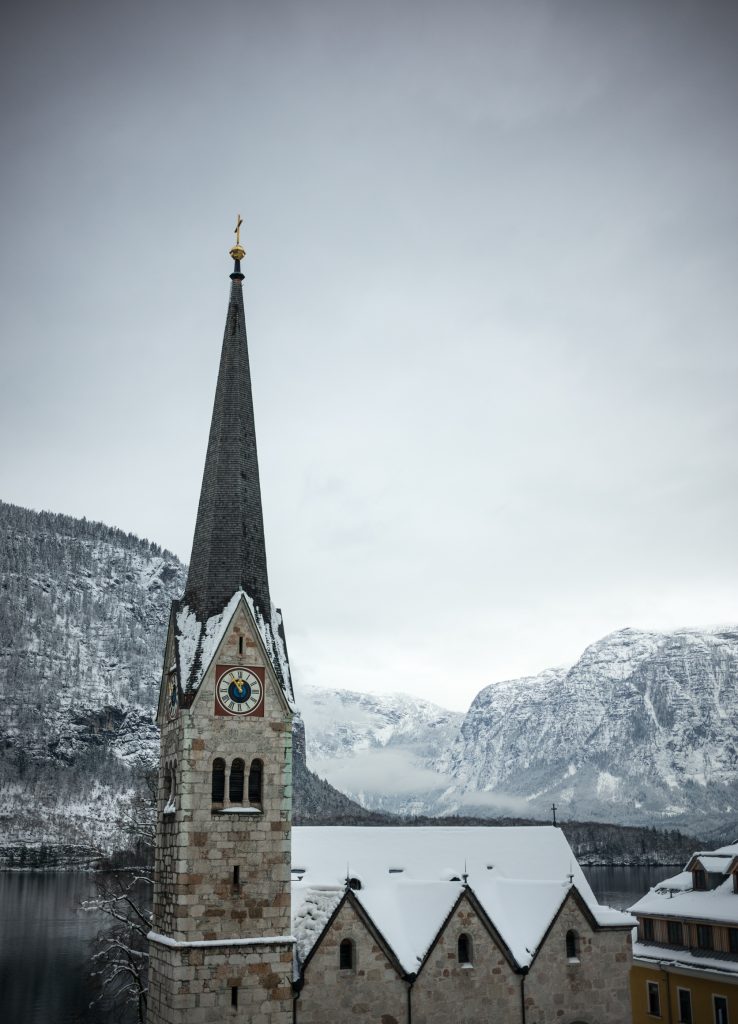

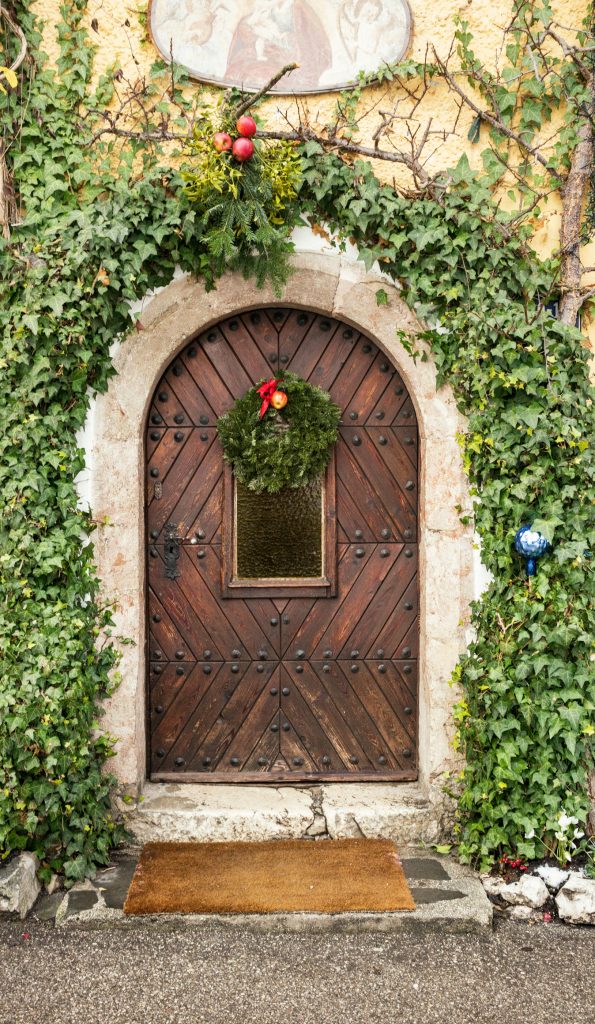
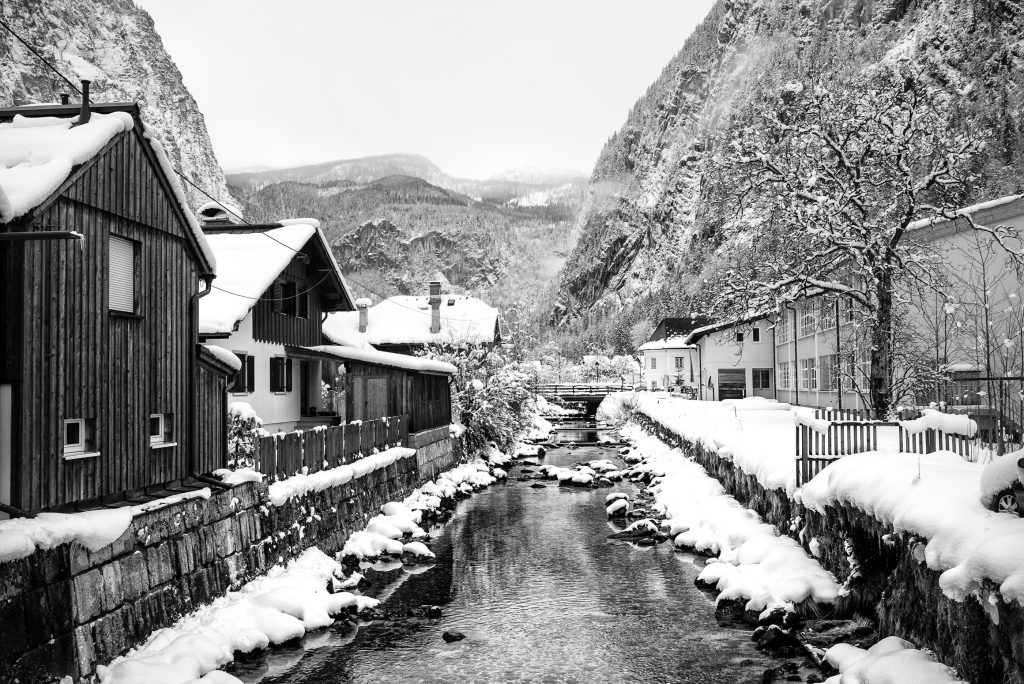




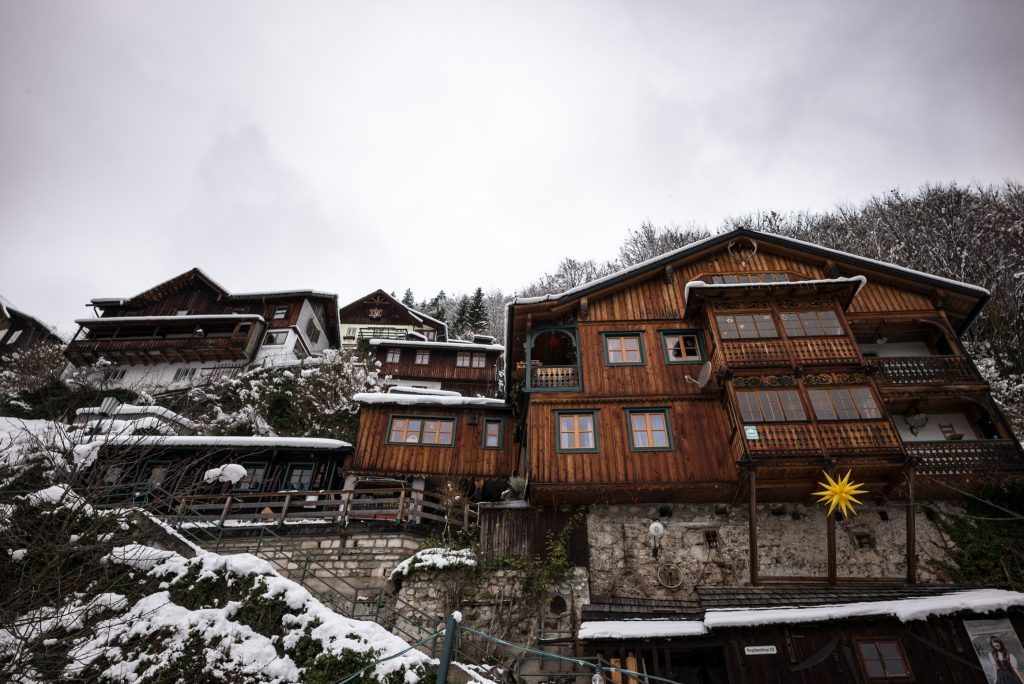
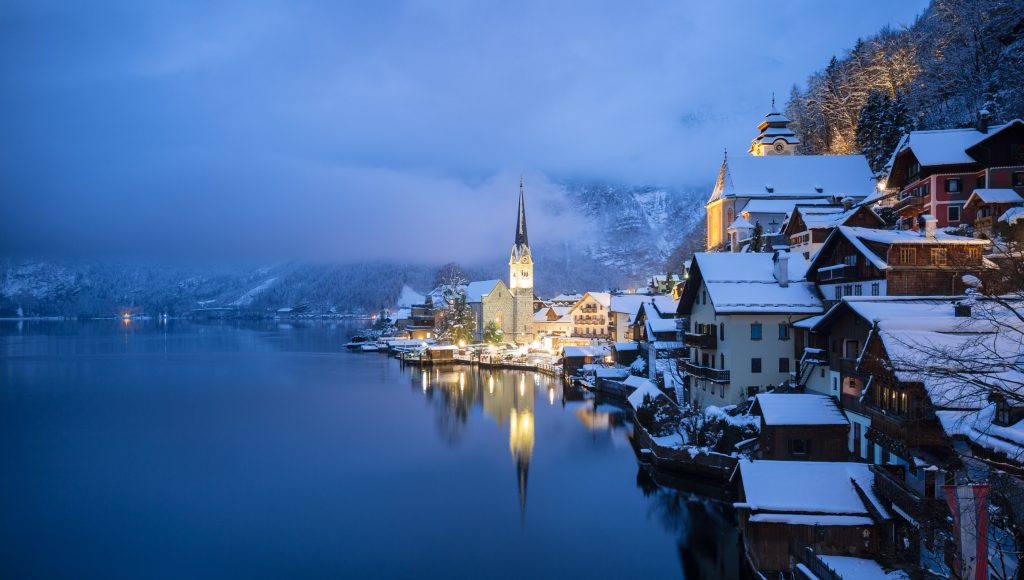




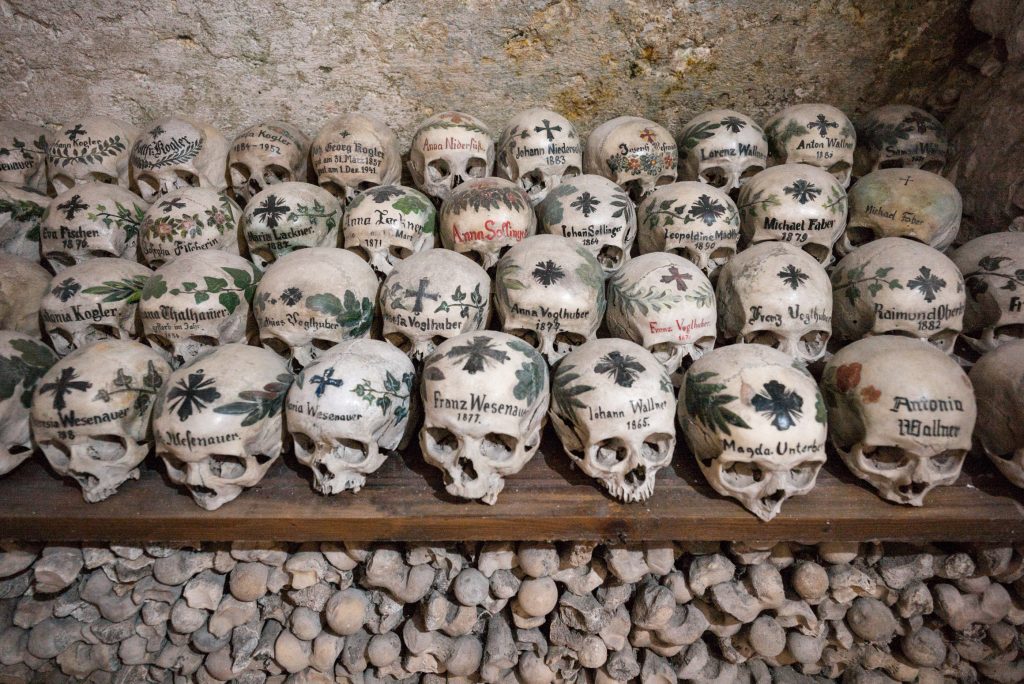
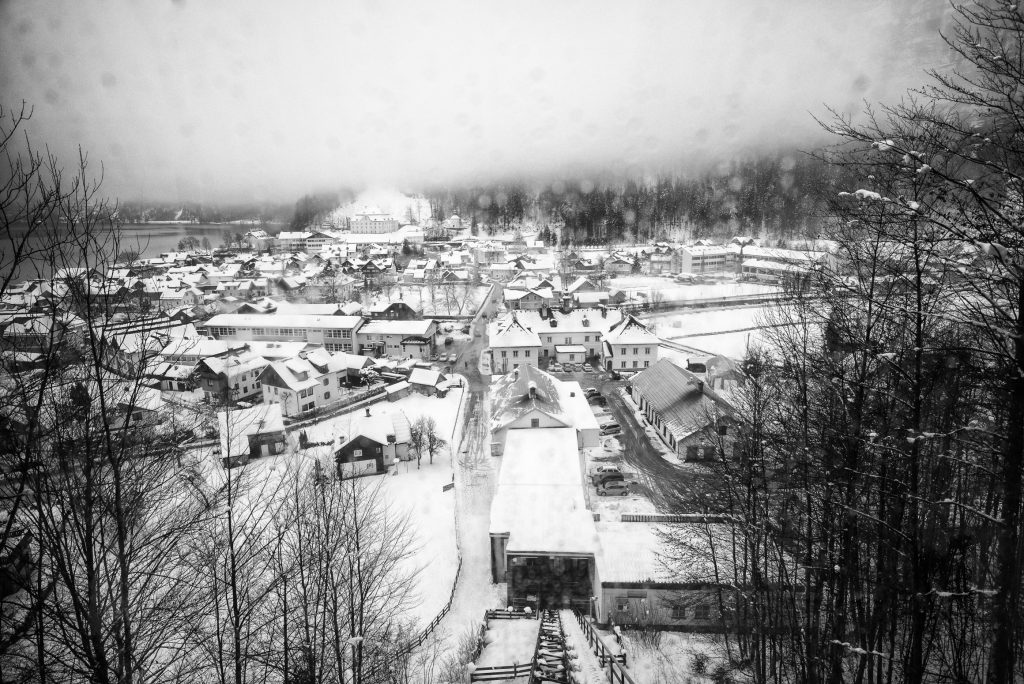
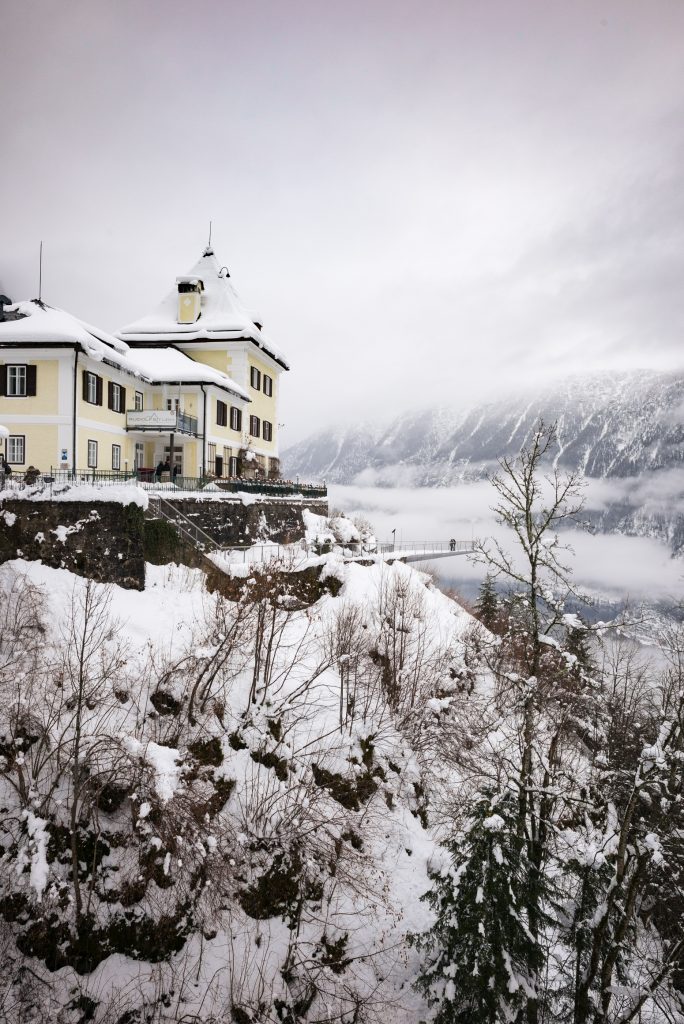
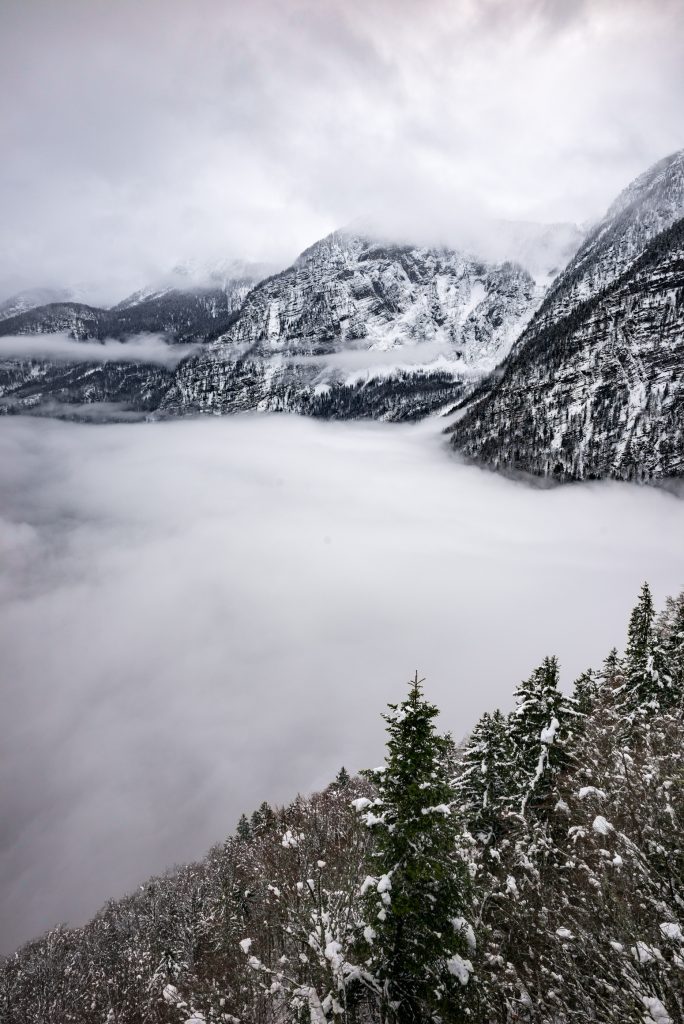
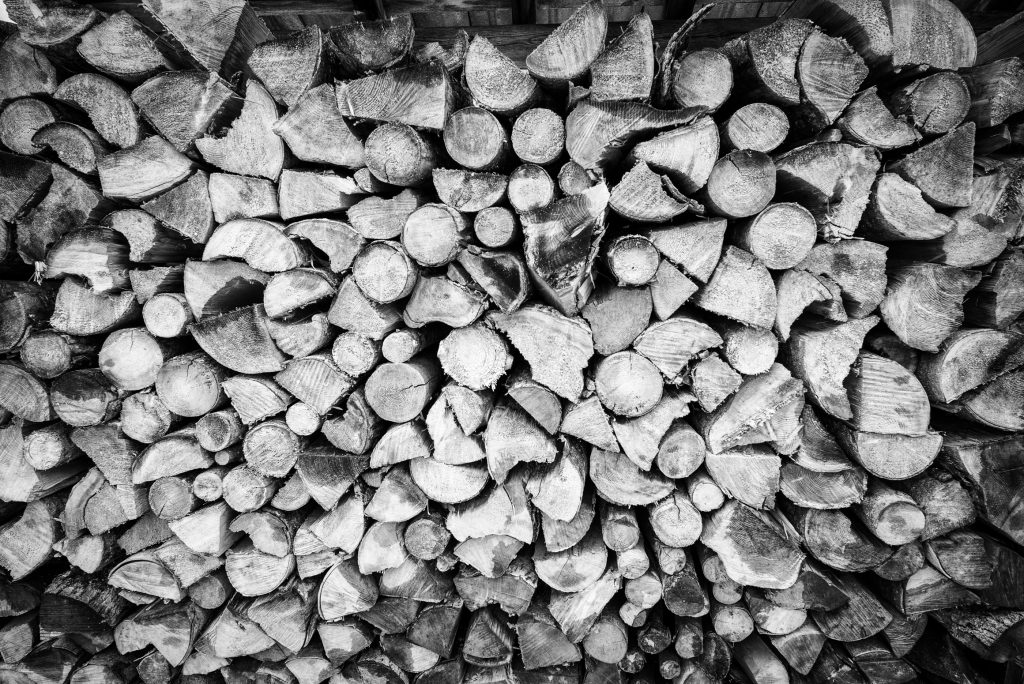
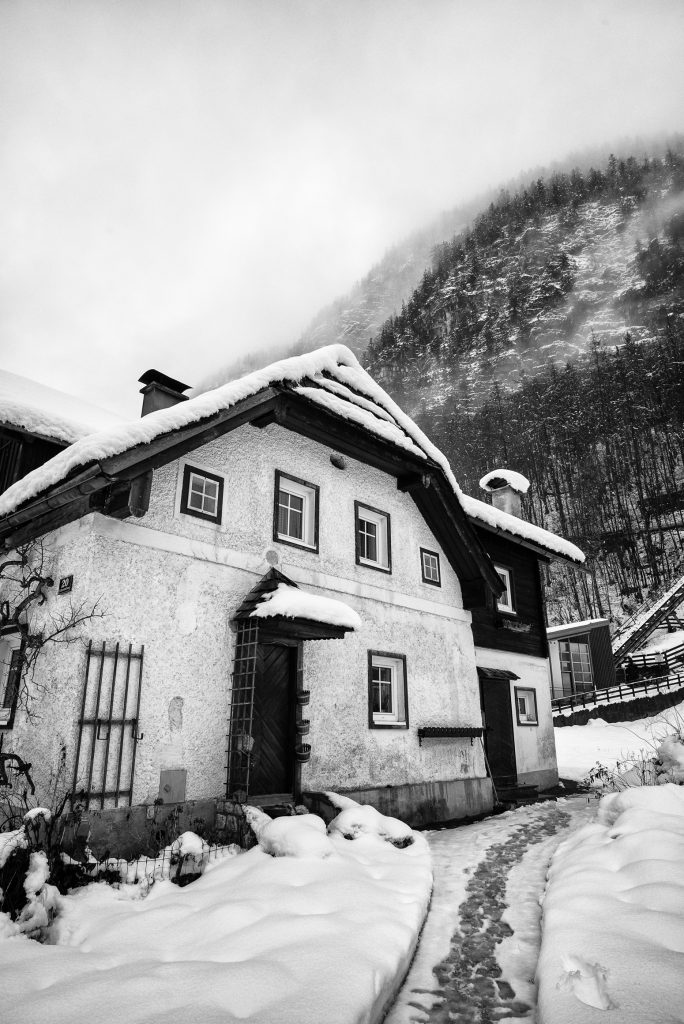
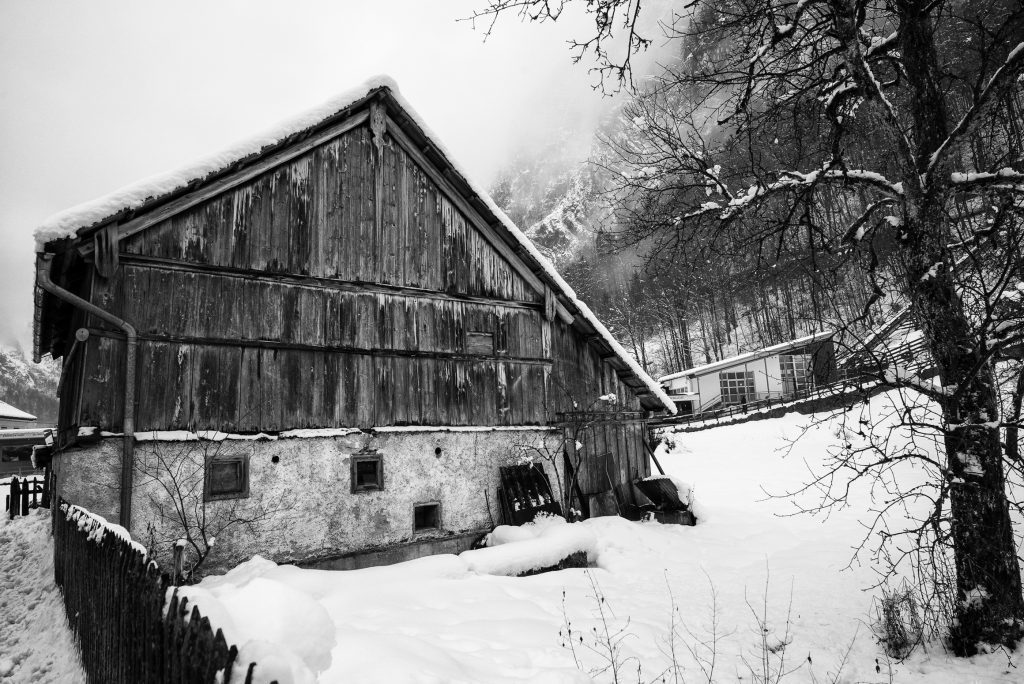
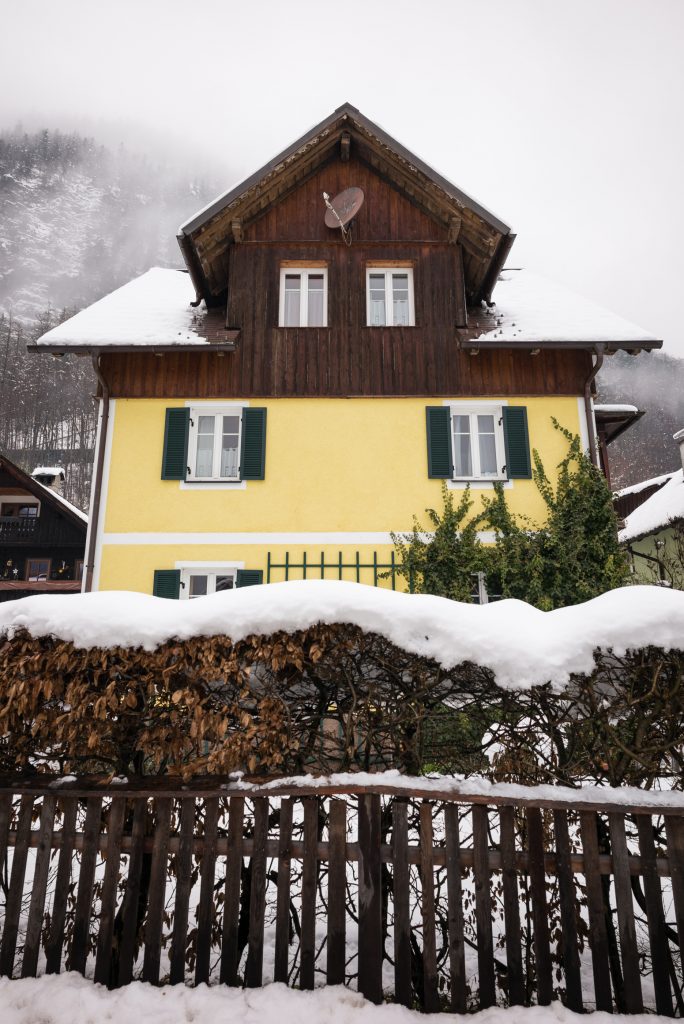
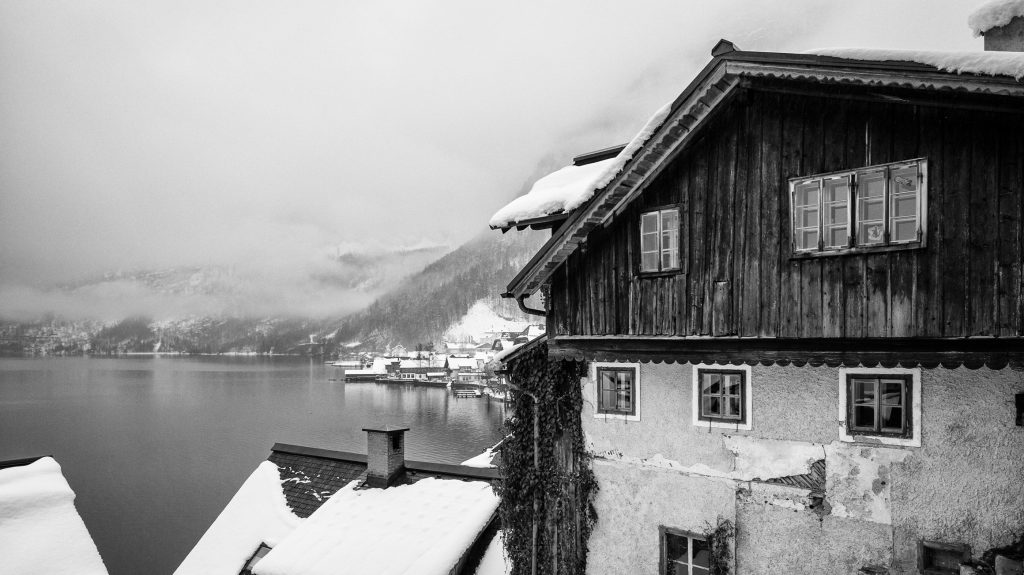

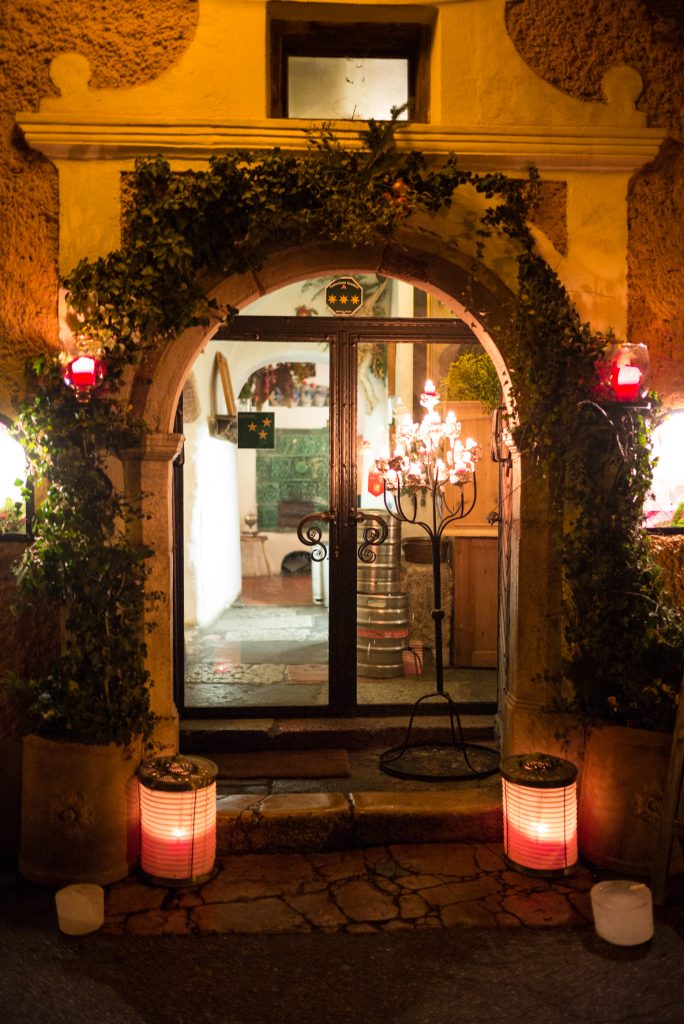
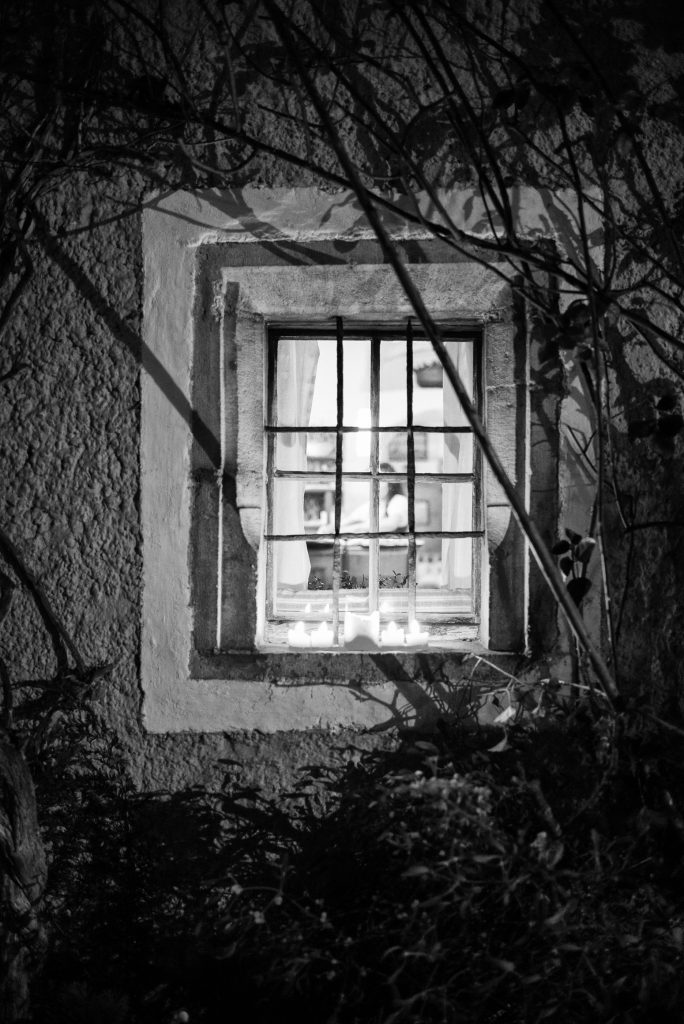





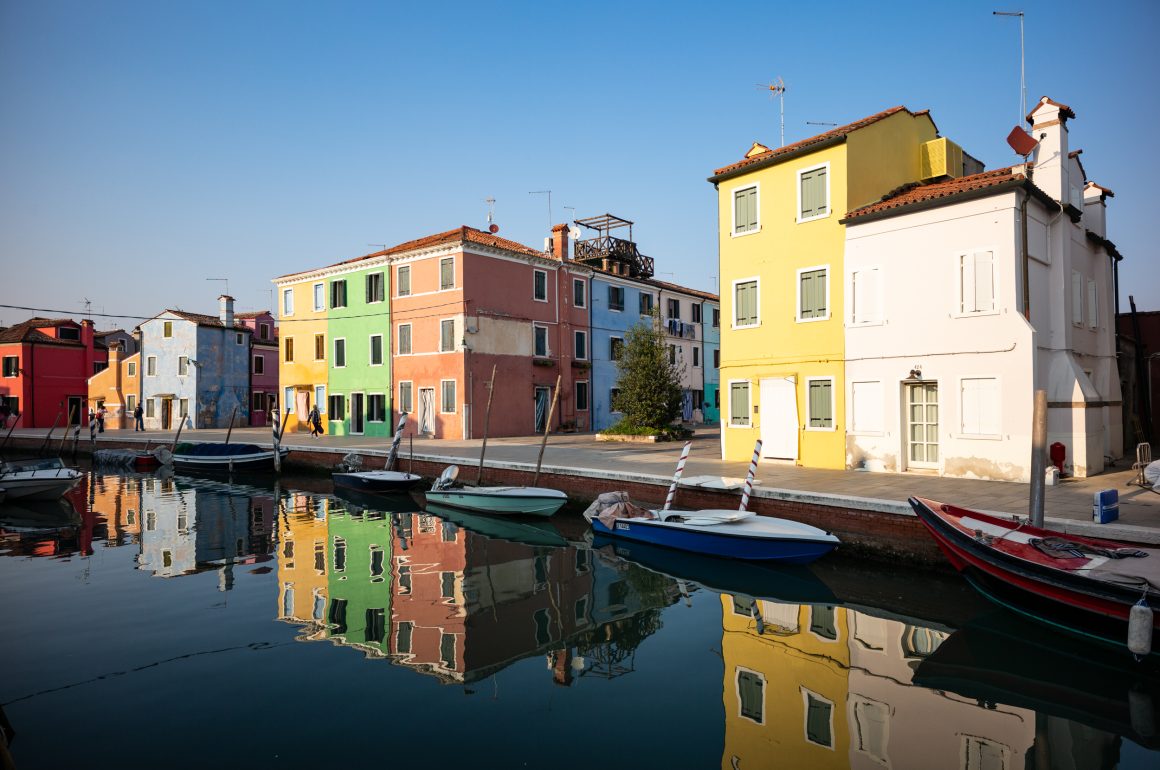
Leave a Comment